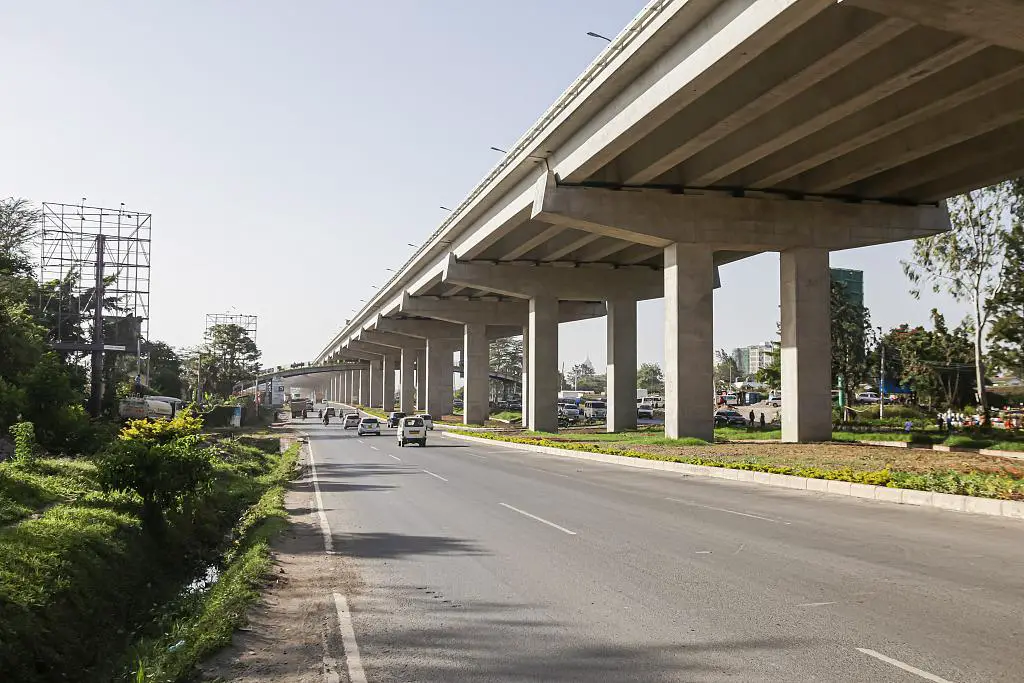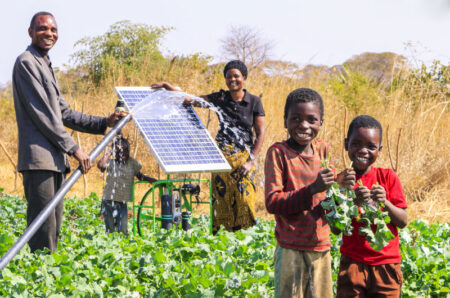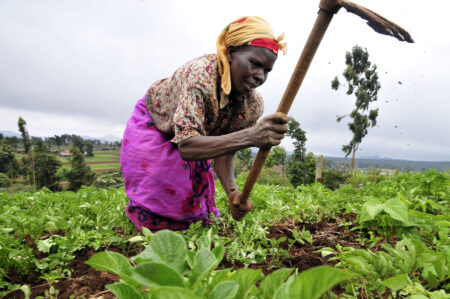The Kenyan–Uganda border of Malaba. It is one of the businesses in the East Africaregion For years, the East African Community (EAC) struggled with divisions among member states mainly on key trade agreements slowing down the region from achieving a full working common market. Countries have been playing protectionism targeted mainly at protecting local industries,
[elementor-template id="94265"]











